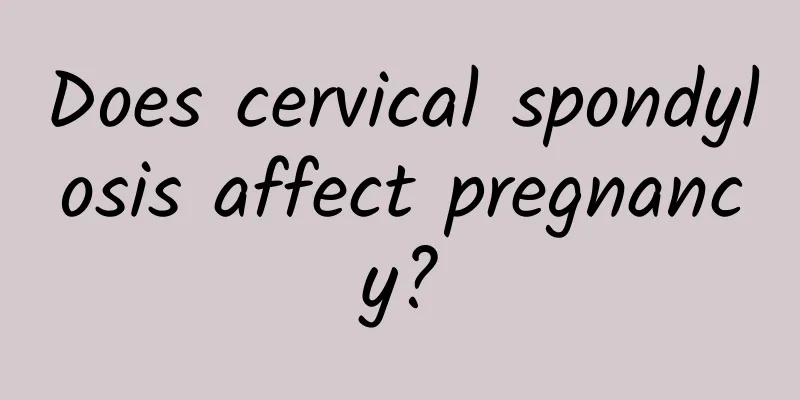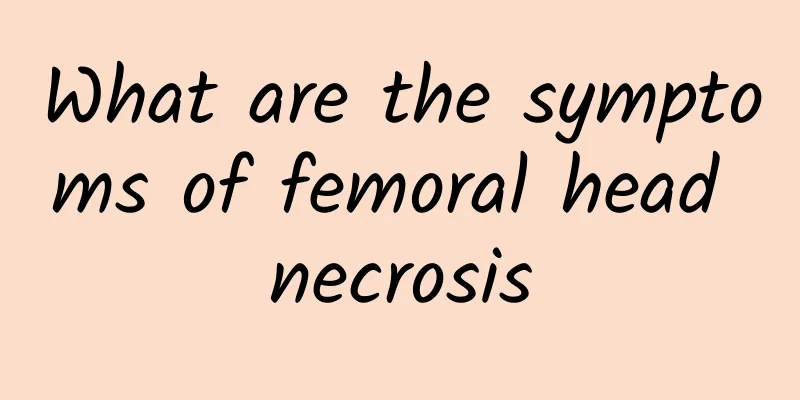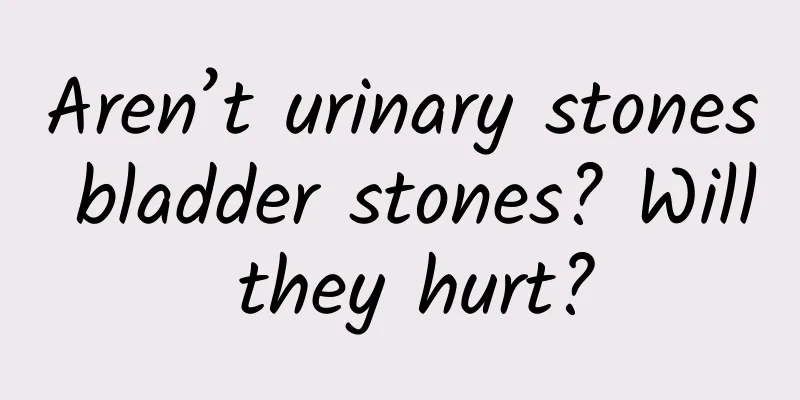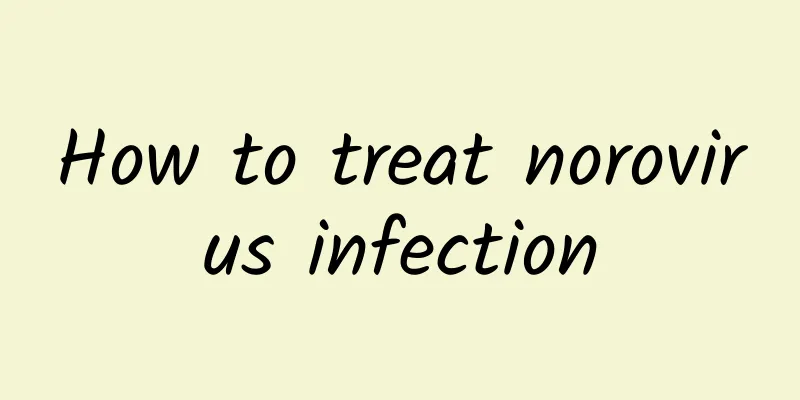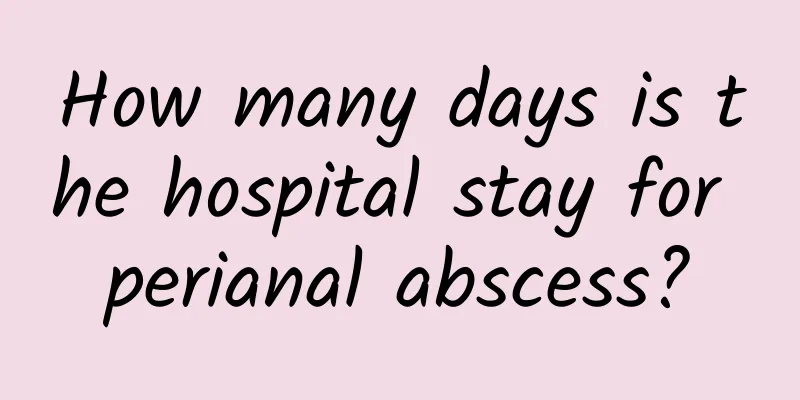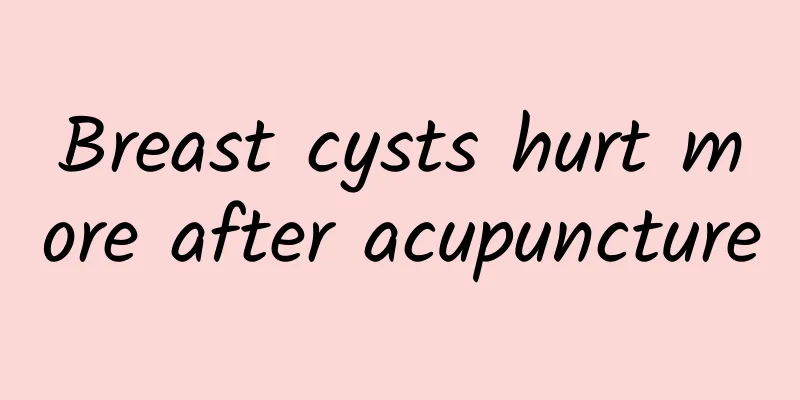How to treat thumb tenosynovitis
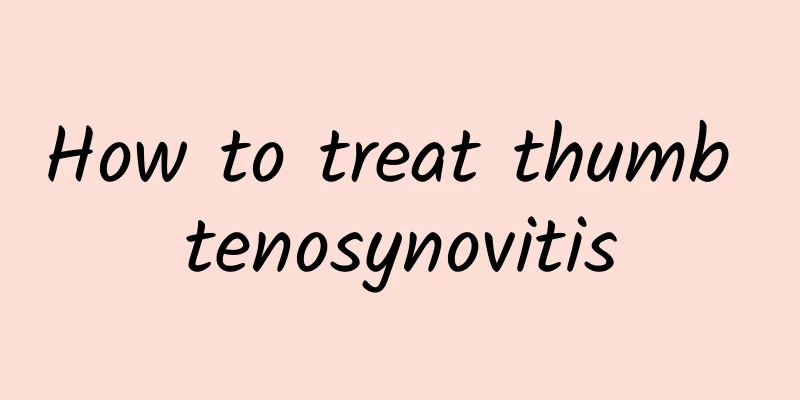
|
Tenosynovitis of the thumb is a common inflammation, especially in people who often use their fingers for repetitive movements, such as typists, instrument players, etc. There are many ways to treat tenosynovitis of the thumb, and the key is to find the method that suits you. Rest is the cornerstone of healing tenosynovitis. Just like machines need regular maintenance, our fingers need rest. Reducing the use of the affected finger and avoiding excessive repetitive motions can help relieve inflammation. Consider using a splint or brace to immobilize the thumb and limit its range of motion, which can help reduce pain and swelling. Ice packs are a simple and effective method. Applying an ice pack to the painful area for 15 to 20 minutes a few times a day can help reduce inflammation and pain. Ice packs are like cooling a hot computer, cooling and soothing the inflamed area. Physical therapy is also a good option. A professional physical therapist can provide targeted hand exercises and stretching exercises to build muscle strength and flexibility. It's like doing yoga for your fingers, helping them regain normal function. If the above methods are not effective, your doctor may recommend nonsteroidal anti-inflammatory drugs (NSAIDs) to reduce pain and swelling, or in some cases, local steroid injections for quick relief of symptoms. Of course, the use of these drugs needs to be carried out under the guidance of a doctor to avoid unnecessary side effects. Surgery is usually a last resort for severe cases that have not improved with conservative treatment. The goal of surgery is to release the compressed tendon sheath, thereby relieving symptoms. In daily life, prevention is also important. Paying attention to the posture of fingers, avoiding repeating the same action for a long time, and resting and stretching fingers in time can effectively prevent the occurrence of tenosynovitis. After all, fingers are good helpers in our life and work. Caring for them is caring for ourselves. I hope these suggestions can help you, and I wish you a speedy recovery! |
<<: Difference Between Gallstones and Cholelithiasis
>>: What is the reason for not being able to urinate?
Recommend
Is it better to take Chinese medicine or Western medicine for breast cysts?
The treatment of breast cysts needs to be determi...
What is a breast cyst?
Breast cysts are a common benign breast lesion, m...
Flatulence and stool leakage after perianal abscess surgery
Flatulence and fecal leakage after perianal absce...
Gallstones Symptoms and Diagnosis
Symptoms of gallstones include right upper abdomi...
What should I do if the baby's heart is not growing well?
If a baby's heart doesn't grow well, it&#...
Is acute osteomyelitis contagious?
Most of the causes are due to hematogenous spread...
Can't drink honey if you have breast cyst?
Patients with breast cysts can usually drink hone...
Can I eat seafood if I have immune breast abscess?
Patients with immune breast abscess are advised t...
How to care for breast nodules
The care of breast nodules needs to focus on diet...
Can I eat tofu if I have breast cyst?
Patients with breast cysts can eat tofu in modera...
What is kidney stones?
Kidney stones are a disease of the urinary system...
Is a breast cyst hard or soft?
Breast cysts are usually soft, but may vary in si...
Perianal abscess ruptures and discharges pus
The time it takes for an anal abscess to rupture ...
Will breast cysts grow bigger if I don't take medicine?
If the breast cyst is benign, it usually will not...
What foods to eat to treat breast cysts
What foods to eat to treat breast cysts Patients ...
